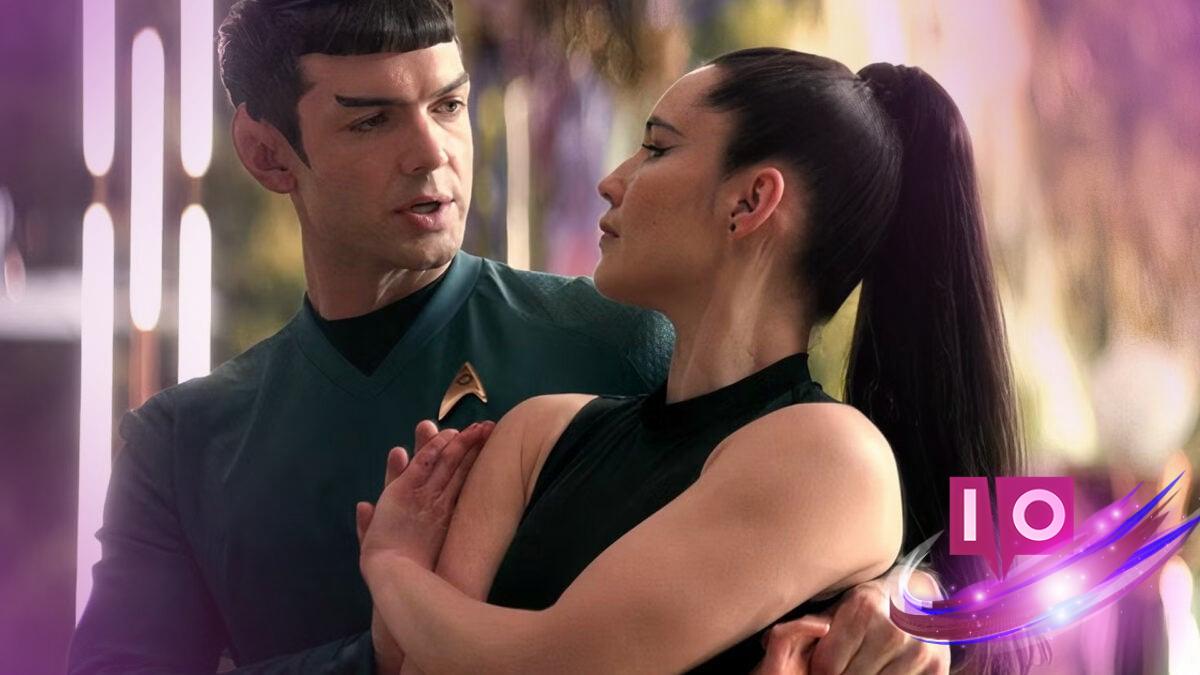Star Trek has long captivated audiences with its bold vision of a future where equality reigns supreme, yet its portrayal of gender equality presents a complex narrative. Over the past six decades, the franchise has gifted us with nuanced female characters while still sometimes falling back on traditional roles. Recently, Star Trek: Strange New Worlds has highlighted this dichotomy, especially in its third season.
In the current cast of Strange New Worlds, we see an impressive representation of female characters, with six women leading the primary crew compared to just four men. This impressive gender balance began with the show’s inception and has evolved with the introduction of new characters like Pelia. As these female characters take center stage, they’ve driven some of the show’s most compelling episodes and arcs.
For instance, Uhura’s character development in season one highlighted her perspectives through various episodes. La’an’s backstory with the Gorn explored her depth and complexity, while Una’s discovery of her heritage served as a significant turning point for her character. Yet, there were moments in the first two seasons where these female characters felt underserviced, a trend that unfortunately continued into season three.
This season, many of the once-prominent arcs for female characters seemed to dissipate. Nurse Chapel’s storyline became overly centered on her relationship with Spock, diminishing her role as an independent character. Ortegas, despite her strong foundation, often lacked substantial narrative depth, frequently left to the sidelines in favor of more traditional plots.
Why did Strange New Worlds’ female characters struggle in their arcs this season? The third season seemed less focused on character development and more on superficial romantic plots, sidelining deeper stories. We observed that strong arcs from previous seasons were replaced with relationships that primarily served male character development rather than enhance the female narrative.
Notably, Una transformed into more of a plot device rather than a fully fleshed character. Her significant “magic blood” moment was less about her journey and more about rescuing another character. This trend persisted with several female leads, captivating viewers’ attention only until romance plots took precedence.
Why is it important for female characters to have independent stories? Strong female characters enhance storytelling, offering diverse perspectives and experiences. Their independence from male arcs can lead to richer, multi-dimensional narratives that resonate with a broader audience.
The season’s finale further emphasized this concerning focus. Captain Batel’s climax revolved around her relationship with Captain Pike, placing her role as a romantic interest rather than as an independent character with depth. Instead of exploring her fears about a predestined fate, the emotional weight of her story relied heavily on Pike’s perspective.
How can future seasons of Strange New Worlds improve female character arcs? By prioritizing the exploration of personal stories and challenges of female characters over romantic subplots. This shift would not only enrich the narrative but align with the franchise’s values of equality and progress.
With only two-thirds of a season left, the opportunity to redefine these narratives remains. It’s vital for the series to move beyond familiar tropes and invest in its diverse female ensemble. The potential for deep, engaging stories is vast, and exploring these avenues could significantly elevate the series as a whole.
In summary, while Strange New Worlds provides a fresh take on the Star Trek legacy, there’s ample room for growth in its portrayal of female characters. As the series advances, audience engagement can thrive if the narrative focuses on authentic arcs that reflect the complexities of its characters. For more insights into the latest happenings in sci-fi and entertainment, don’t forget to explore related content on Moyens I/O.
